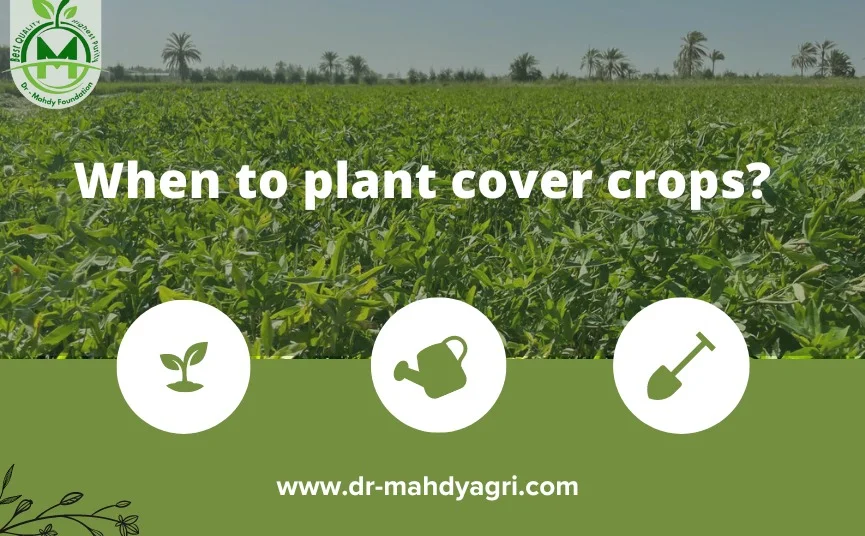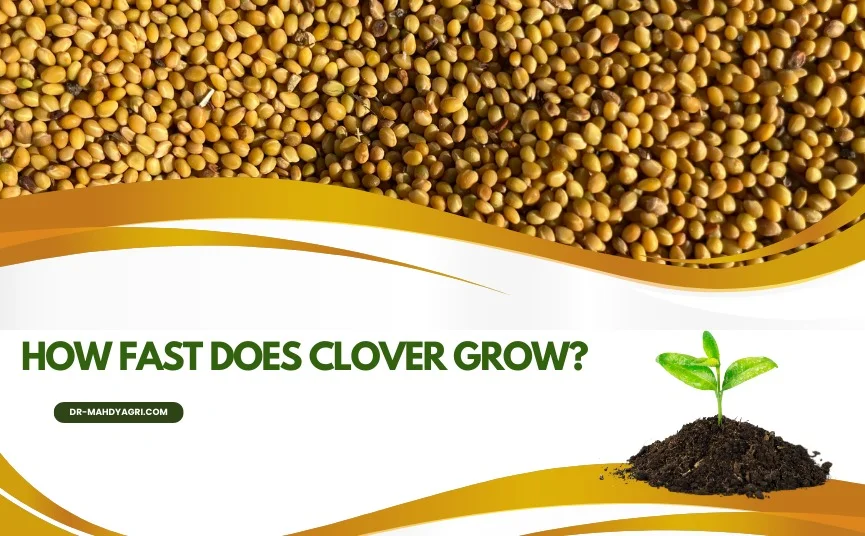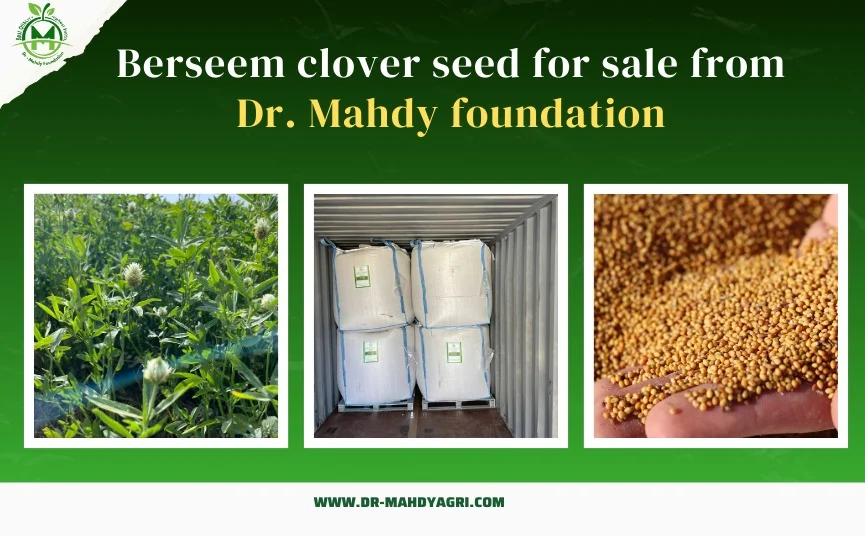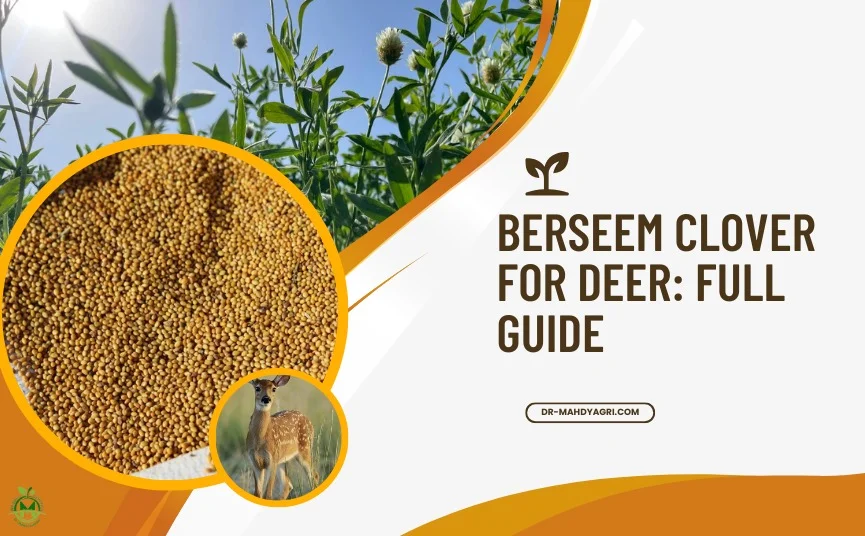

Soil quality and environmental conditions play a crucial role in the growth rate of clover, as they directly impact the availability of nutrients and overall plant health. Additionally, the amount of sunlight and water received by clover plants also greatly affects their growth, with adequate levels promoting optimal development.
Factors such as soil quality and environmental conditions
Factors such as soil quality and environmental conditions significantly impact the growth rate of clover. The quality of the soil affects the availability of nutrients, while environmental conditions, such as temperature and humidity, can either promote or hinder clover growth. Providing optimal soil conditions and maintaining a suitable environment are essential for encouraging healthy and vigorous clover growth.
Now you can know the difference between berseem clover vs balansa clover
Impact of sunlight and water on clover growth
Clover growth is heavily influenced by the availability of sunlight and water, as these factors directly impact photosynthesis and nutrient uptake. Providing adequate sunlight and regular watering are crucial for promoting optimal clover growth. Sunlight helps in energy production for growth, while water ensures proper hydration and nutrient transport within the plant. Maintaining a balance between sunlight exposure and sufficient water supply is key to ensuring healthy and robust clover growth.
Average Growth Speed of Clover
In optimal conditions, clover can grow at an average rate of 1/4 to 1/2 inch per week, or about 1 to 2 inches per month. However, growth rates may vary depending on the specific clover species and environmental factors such as temperature and moisture levels.
Typical growth rate of clover in optimal conditions
In optimal conditions, clover can grow at an average rate of 1/4 to 1/2 inch per week, or about 1 to 2 inches per month. However, growth rates may vary depending on the specific clover species and environmental factors such as temperature and moisture levels.
Comparison of growth speed between different clover species
Different clover species have varying growth speeds, with some species growing faster than others. For example, white clover (Trifolium repens) is known for its rapid growth rate, while red clover (Trifolium pratense) tends to grow at a slower pace. Understanding these differences can help farmers and gardeners choose the best clover species for their specific needs.
Read More:
berseem clover balady
Berseem clover for deer
berseem clover as cover crop
Ideal Conditions for Clover Growth
To ensure optimal growth of clover, it is important to provide the following ideal conditions:
- Soil pH: Clover prefers slightly acidic to neutral soil with a pH range of 6.0 to 7.0.
- Nutrient Levels: Adequate levels of nitrogen and phosphorus are essential for healthy clover growth. Conduct a soil test and apply fertilizers accordingly.
- Moisture: Clover requires consistent moisture, especially during the germination and establishment stages. Ensure the soil is well-drained to prevent waterlogging.
- Sunlight: While clover can tolerate partial shade, it thrives in full sunlight. Ensure the planting area receives at least 4-6 hours of direct sunlight per day.
- Temperature: Cool-season clover species prefer temperatures between 60°F and 75°F for optimal growth.
To create ideal conditions, amend the soil if necessary, provide regular watering, and choose a sunny spot for planting. These conditions will promote vigorous clover growth and maximize its benefits on your farm or garden.
Soil pH and nutrient levels for optimal clover growth
Soil pH and nutrient levels play a crucial role in ensuring optimal clover growth. Test the soil pH and amend it to a slightly acidic to neutral range of 6.0 to 7.0. Conduct a soil test to determine nutrient deficiencies and apply fertilizers accordingly to provide adequate levels of nitrogen and phosphorus for healthy clover growth.
Best practices for planting and maintaining clover
Planting and maintaining clover require a few best practices to ensure successful growth. Here are some key steps to follow:
- Prepare the soil by removing weeds and debris.
- Sow the clover seeds at the recommended depth.
- Keep the soil moist during germination and early growth stages.
- Avoid overwatering or allowing the soil to dry out completely.
- Apply a balanced fertilizer to provide essential nutrients.
- Control weeds by hand-pulling or using herbicides carefully.
- Regularly mow the clover to promote dense growth.
- Monitor for pests or diseases and treat as necessary.
By following these best practices, you can ensure healthy and thriving clover plants and you can use it as a Berseem Clover Forage.
Common Issues Affecting Clover Growth
Pests and diseases can hinder the growth of clover, with common culprits including aphids, leafhoppers, and fungal infections. To prevent these issues, regularly inspect the plants, remove any infected or damaged parts, and treat with appropriate organic or chemical solutions when necessary. Ensuring proper irrigation and avoiding overcrowding can also help maintain healthy growth and prevent disease spread.
Pests and diseases that can hinder clover growth
Aphids and leafhoppers are common pests that can hinder clover growth, while fungal infections can also be detrimental. It's important to regularly inspect the plants, remove any infected or damaged parts, and treat with appropriate solutions when necessary. Proper irrigation and avoiding overcrowding can also help prevent the spread of diseases.
Tips for preventing and treating growth problems
To prevent and treat growth problems in clover, it is important to implement a few key tips. Firstly, ensure that the plants have proper spacing to avoid overcrowding. Secondly, regularly inspect the plants for pests or diseases, and promptly remove any infected or damaged parts.
Additionally, provide adequate irrigation and maintain proper soil conditions. Finally, consider using organic or natural solutions to address any issues that may arise. By following these tips, you can promote healthy clover growth and prevent potential problems.
if you don't know, you can use the berseem clover for cattle. and read more berseem clover seed for sale
Harvesting and Regrowth of Clover, How work?
Harvesting clover can be done when the plants reach a height of 3-4 inches, by cutting it 1-2 inches above the ground. This encourages regrowth and allows for multiple harvests in a single season. To promote regrowth, avoid cutting more than 2/3 of the plant and provide adequate water and sunlight for optimal regrowth. Regularly monitoring the clover field and removing weeds can also help maintain healthy regrowth.
When and how to harvest clover for maximum yield?
When harvesting clover for maximum yield, it is recommended to wait until the plants reach a height of 3-4 inches. Cut the clover 1-2 inches above the ground to encourage regrowth. Avoid cutting more than 2/3 of the plant to promote healthy regrowth. Regularly monitor the clover field and remove weeds to maintain optimal growth conditions.
Methods to promote growth and sustainability berseem
Methods to promote regrowth and sustainability in berseem clover include regular monitoring and removal of weeds, cutting the clover 1-2 inches above the ground to encourage regrowth, and avoiding cutting more than 2/3 of the plant to promote healthy regrowth. Maintaining optimal growth conditions, such as proper soil pH and nutrient levels, also helps to promote regrowth and sustainability of clover.
Benefits of clover cultivation?
Clover cultivation offers numerous benefits and plays a vital role in agriculture. Firstly, clover enriches the soil by fixing nitrogen, which improves the fertility and productivity of the land. Secondly, it serves as a natural weed suppressor, reducing the need for chemical herbicides. Thirdly, clover provides a valuable food source for livestock, supporting healthier grazing systems. Lastly, it aids in erosion control and soil conservation, contributing to sustainable farming practices. Embracing clover cultivation can lead to enhanced agricultural productivity and environmental sustainability.
Read More: berseem clover annual or perennial
Summary of key factors influencing clover growth speed
Clover growth speed is influenced by several key factors, including soil quality, environmental conditions, sunlight, water availability, and species variation. Maintaining optimal conditions, such as proper soil pH and nutrient levels, along with preventing pests and diseases, is crucial for promoting healthy and sustainable clover growth. Additionally, implementing appropriate harvesting practices and promoting regrowth can contribute to the overall growth rate of clover.
Conclusion
To conclude, clover growth rate is influenced by factors such as soil quality, environmental conditions, sunlight, and water. In optimal conditions, clover can grow at a typical rate, which may vary between different species. Maintaining ideal conditions, preventing pests and diseases, and using proper harvesting and regrowth methods can promote sustainable clover growth.



